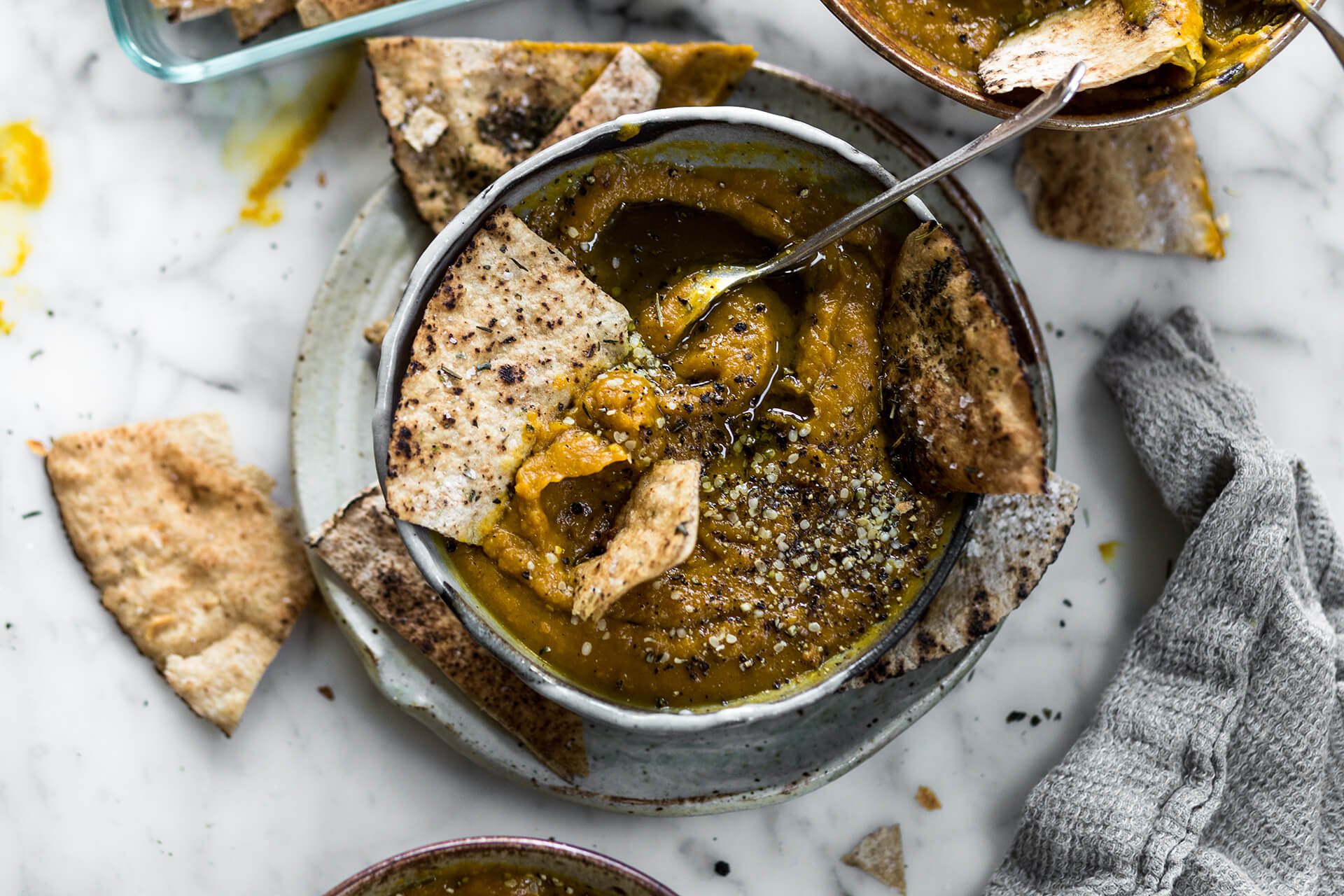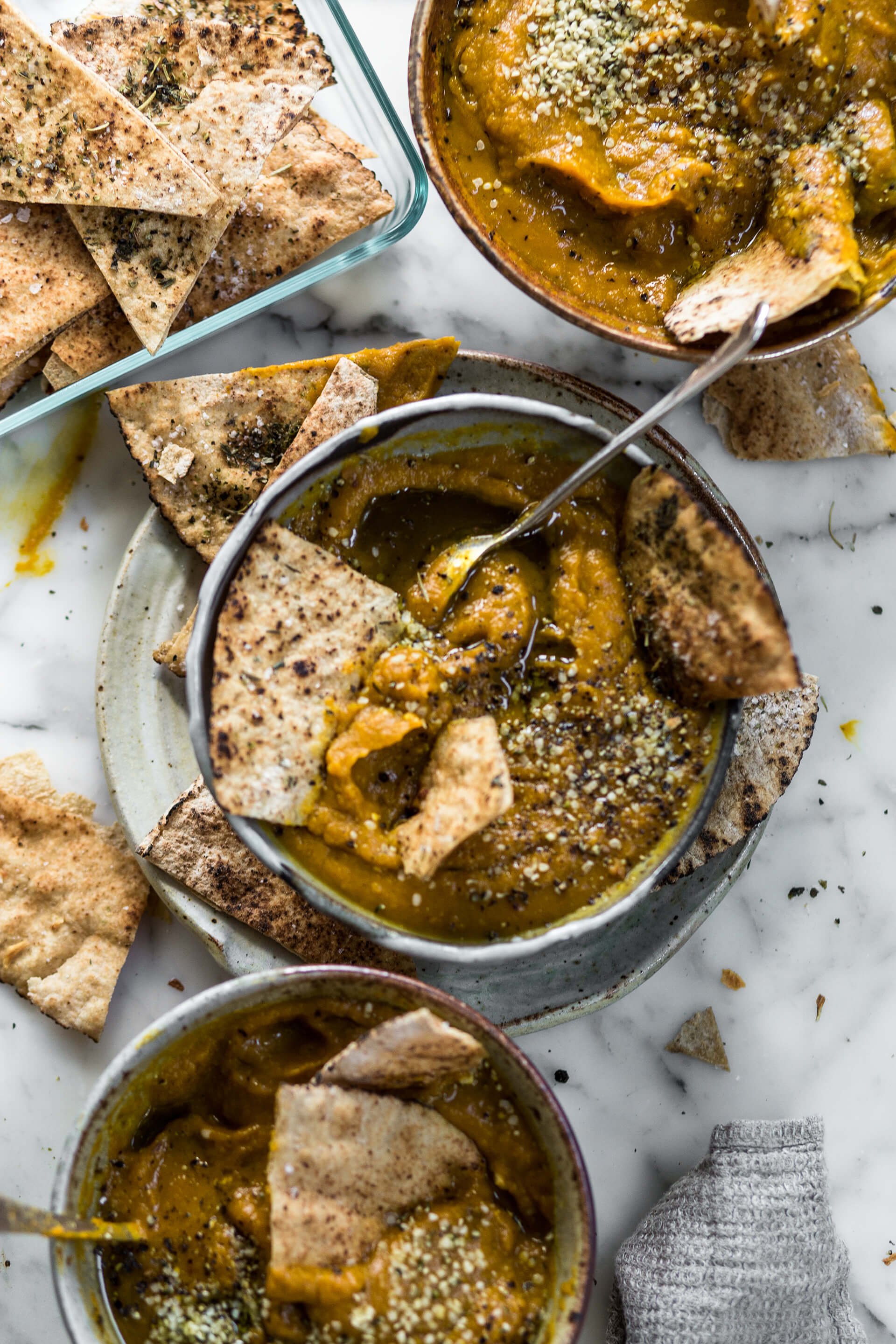It is hard to understand how the majority are so completely disconnected from what they put in their body. I blame television dinners, advertising and microwaves. I am an 80’s child, the health narrative was focused on diets, and I guess still is but it would seem there is more of a focus on celebrating food now. There is a movement of consideration. For the most part, it seems to operate in niches and circles, but if you were inclined, it is an underground explosion. That is how it feels to me.
I initially committed to a vegan diet at the age of sixteen, having already been locate-vegetarian for two years prior. And at first, I was eating a lot of apples and a canned bean mix with microwaved peas. It was all very underwhelming. It was not until my early twenties that I really started reading, absorbing everything I could about nutrition, I still find it super interesting, it is why plant-based diets work. I read Doll and Peto’s Quantitative Estimates of Cancer Risks and that changed everything for me. Around this time, my mother was diagnosed with breast cancer, and in a way, the timing was perfect. It helped my understanding immensely. For me, there is also perspective here, and there can be a lot of power in that but then as you go deeper, learning and understanding more, reclaiming your vitality. I live with my closest friends who are more likely to be at home cooking rather than out drinking — and they are pretty aware of what they are eating, the house eats mostly plant-based. Plant-based is, therefore, perhaps more about what we are consistently leaving out of our diets. That is how I talk about plant-based; I always figured that approach would resonate more with people.
There is a certain degree of isolation in eating plant-based, less today than say ten or even five years ago, but it would be dishonest to state otherwise. Vegan products, vegan cuisine was extremely limited at that time. No one was making vegan mayo; you definitely could not expect to find vegan cheese — anywhere. Almond milk was purchased from a health food store, imported from the United States; no one was producing those things then. Eating out was extremely difficult. You took food to people’s places, which to some, I suppose, would seem quite disrespectful. That was the only way you could share a meal, to share that experience of connecting over a universal commonality — food.







